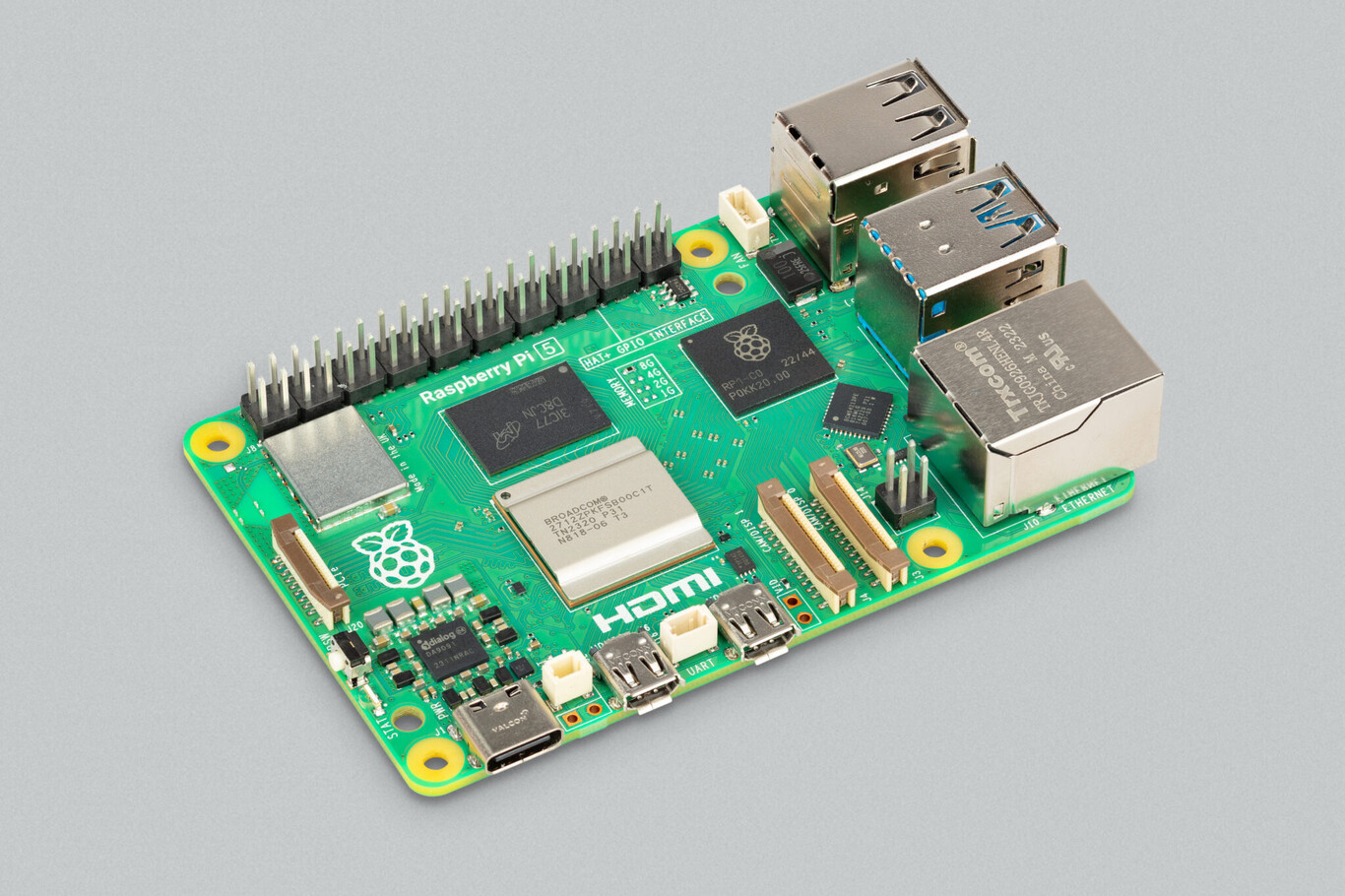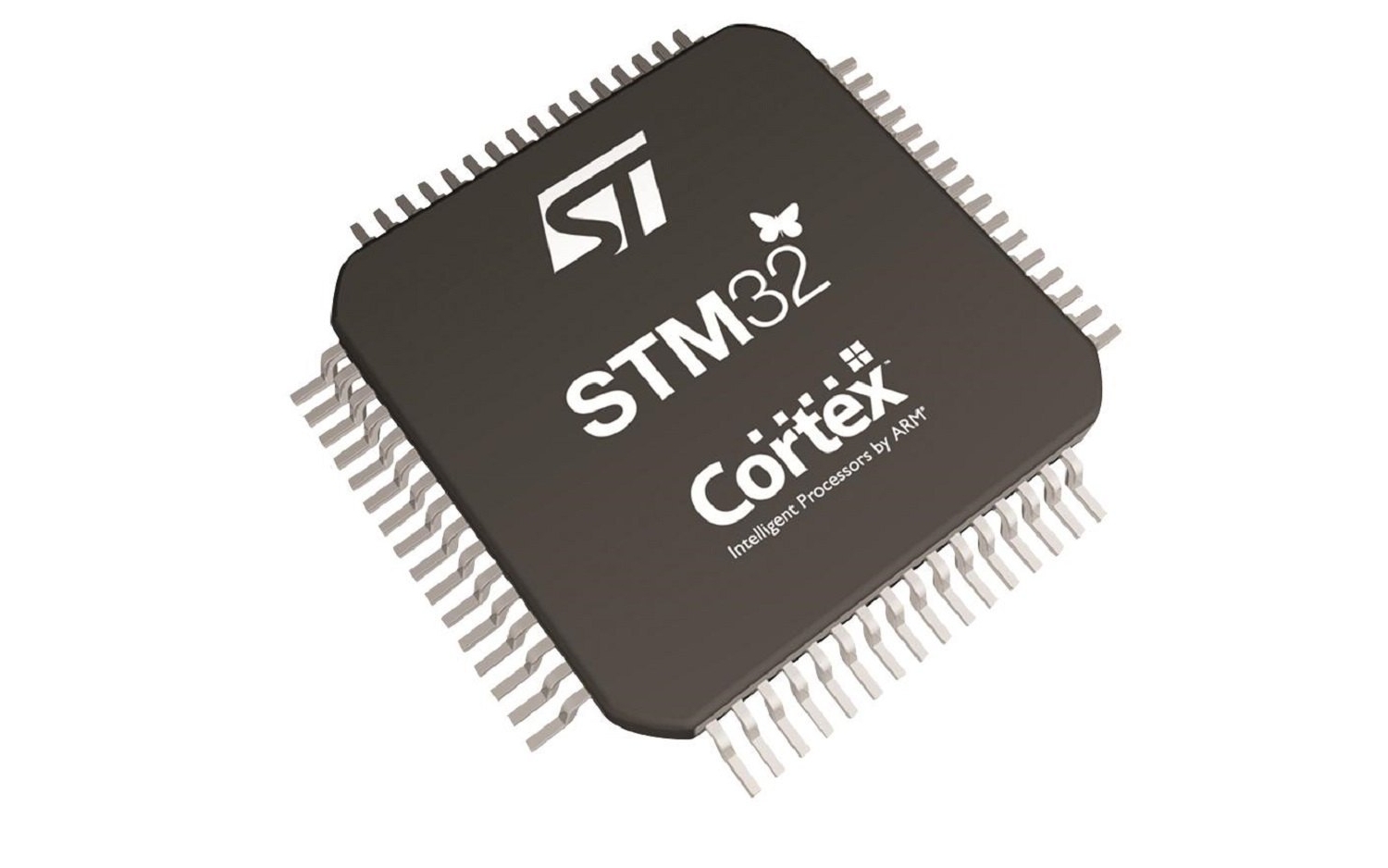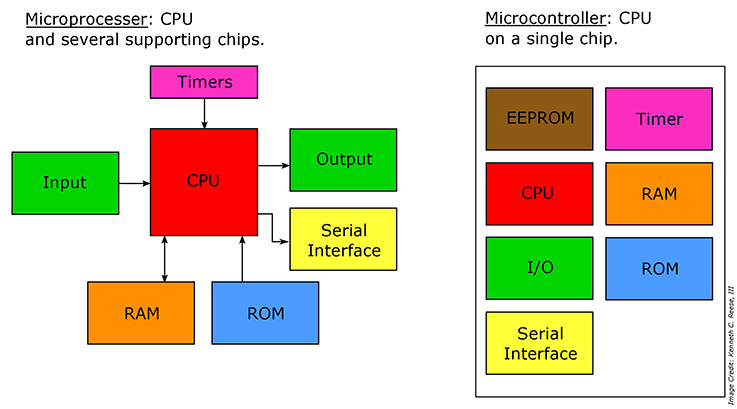
Most users are used to laptops, AIOs or desktops. However, there are other variants, some of them have become popular, as is the case of the SBC thanks to projects like the Raspberry Pi. Com They are also becoming increasingly common in the DIY world or among makers for countless projects. However, could you say what each of these concepts is? would you know what the difference is?
Here we dispel all your doubts and tell you what you need to know about these small computers...
What is an SBC?
Una Single Board Computer (SBC), is nothing more than a computer or computer integrated on a single board or PCB. These printed circuit boards include a microprocessor, memory, input/output (I/O) ports, and other necessary components. Unlike a personal computer, it does not depend on expansions for other functions, although it is true that other peripherals or those known as HATs can be added to further expand its functions. However, while a computer would need other parts to function, and not just the motherboard, in this case it could work as is.
Thanks to that we have compact, lightweight, and cheap computers to use in multitude of projects industrial control or data processing, robotics, IoT, and much more. And, among these most popular SBCs among makers we have the Raspberry Pi, the Beagle, and a long etc.
What is a COM?
Un Computer on Module (COM) is a type of single board computer (SBC), a subcategory of embedded computing systems. This complete computer built on a single circuit board, however, unlike an SBC, the COM generally lacks the standard connectors for input/output peripherals to connect directly to the board, i.e. the COM is centered especially in computing, with a CPU, RAM, GPU, etc. Additionally, an SBC is usually quite limited in performance, while a COM has superior performance. For example, we can find COM with latest generation AMD or Intel processors, while SBCs usually have SoCs with lower performance ARM cores.
La carrier board or bas boarde is where the COM is mounted, that is, this larger plate is the one that will house one or more COMs inserted in an expansion slot, like when you insert a graphics card, or a RAM memory module. It is on the carrier board where the bus to the standard peripheral connectors will be. The motherboard is the backbone of the computer, where some of the most important components or parts of your equipment are located.
COM vs SBC: What differences exist?
At this point you may be wondering which one is the difference, in addition to the advantages or disadvantages that a COM has compared to SBC, well, we have the following interesting points:
- Performance: while an SBC is usually designed to offer more basic performance, being able to run a light operating system and basic apps (office automation, navigation, multimedia playback, etc.), the COM has superior performance, often comparable to that of a conventional PC. or a laptop, so you can run heavier workloads.
- Price: the SBC is cheaper, they can generally cost a few tens of euros, while the COM is more expensive because it integrates higher performance components, so they can cost hundreds of euros in some cases.
- Modularity: Separating the design of the carrier board and the COM module makes the design concepts more modular, so the COM module could be replaced if it fails or it could be replaced with another one with higher performance or more up to date if you will. This is not the case in the SBC, since if you want an extension you will need to buy a new one.
- Customization: An SBC typically has a more limited I/O system, with fewer ports. The motherboard that accompanies the COM can have a greater number of ports, to expand the capabilities and connect a multitude of different peripherals.
- Dimensions: Although the COM module is usually small, carrier boards are not so small, having a size much larger than an SBC. Therefore, the SBC can be useful for projects where size matters, and where a larger motherboard is problematic.
Other similar concepts
In addition to the SBC and COM, there are also other similar concepts What you should know, so as not to confuse them:
What is a SIP?
Un System-in-a-Package (SiP) is a type of packaging that integrates multiple integrated circuits in the same package, where they are connected internally. Components such as DRAM memory, flash memory, processors and other basic elements are often located within the SiP, making them quite lean systems.
The appeal of an SiP is that it can compact a complex system into a very simple package, making it easier to integrate into systems where size matters or for greater ease of integration into other larger systems. However, they cannot function on their own, since They will need a PCB with the necessary I/O ports.
An example of SiP is STMicroelectronics ST53G, which combines a microcontroller and an RF amplifier for the application of contactless payment systems in small devices, such as IoT devices, wearables, etc.
Compared to a COM and SBC, a SiP offers greater integration of components into a single package, which can result in smaller footprint and greater efficiency. However, unlike a COM or an SBC, a SiP can be more difficult to customize or upgrade, as all its components are integrated into a single package, and its performance is often lower.
What is a SOM?
Un System-on-Module (SoM) It is an electronic board that combines essential components, such as a System-on-Chip (SoC), storage, antennas, input/output devices, among others. Basically it is a complete computer, with I/O, but in a very small size, to be integrated into different devices, from robots, to household equipment, to other industrial or embedded devices.
Some manufacturers that have been using these SoMs for their products range from the defunct DEC and Sun Microsystems, to Motorola, IBM, Xerox, etc.
What is an MCU?
Un microcontroller (MCU or MicroController Unit) It is a small integrated circuit that basically contains a computer inside. While the CPU is only the processing unit and needs buses, I/O and memory, the MCU has everything within the same chip. This means that it goes beyond a CPU, as it includes a CPU, memory, and also I/O. MCUs are the brain of many devices that we use in our daily lives, from those you have at home, to your vehicles, to industrial machines. Its applications can be very diverse, from controlling temperatures or other parameters through sensors, generating some type of output depending on the state of the inputs to perform actions, etc. An example that you will know very closely is the Arduino board, which includes an MCU.
What is an SoC?
On the other hand, a System on a Chip (SoC) It is an integrated circuit that integrates different components of a computer system into a single chip, and that usually goes beyond the elements of an MCU, in addition to being designed to generally have higher performance, since MCUs are intended for more limited projects, while SoCs can be the heart of powerful computers or mobile devices.
These components usually include processing units (CPU, GPU, DSP, NPU,…), memory, peripheral controllers, communication interfaces and other elements necessary for the operation of a complete system. Some examples of SoC can range from the Broadcom that uses Raspberry Pi, to the Samsung Exynos, Qualcomm Snapdragon, and Mediatek Helios/Dimensity for mobile devices, through much more powerful ones such as those from AMD for video game consoles, the Apple M-Series , etc.
All the Differences between an MCU and a SoC lie mainly in their complexity and in the components they make up, although, again, as with all these concepts, it can be somewhat confusing, and sometimes it is difficult to distinguish.
There may also be other ways to integrate a complete computer such as PoP (Package on Package), MCM (Multi-Chip Module) or chiplets, through 3D packaging, SOW (System on Wafer), through an FPGA, etc. However, the most common in electronics projects are the above.








